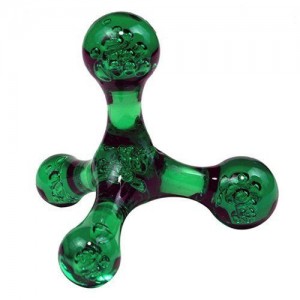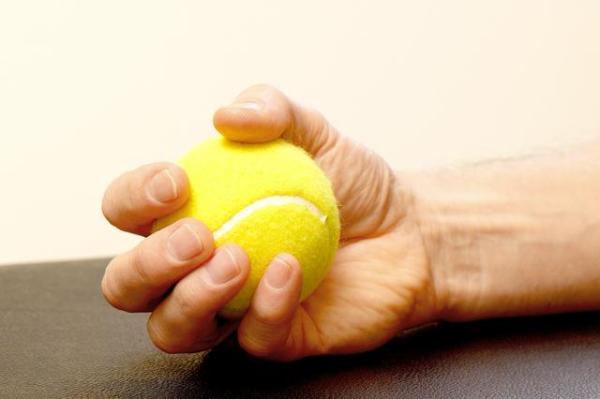Trigger points are small, extremely painful spots in your muscles. If you push on such spot, you feel agonizing pain and you want to pull away. Trigger points can develop as a result of muscular injuries or trauma, improper body mechanics or structural imbalances, poor nutrition, lack of sleep, stress, overtraining, and more. Trigger points inhibit proper function of the muscle fibers and therefore create more problems. Generally, once the trigger point is created, it doesn’t want to relax on its own and it needs to be helped.
Trigger points can exist in the muscle bellies or tendons that attach to the bone. Often trigger points create a referred pain (pain that is somewhere else than the trigger point itself). For example you push on a trigger point in your hip and you might feel pain in your knee. The level of pain depends on the level of irritability of the trigger point. Sometimes a trigger point in the tiniest muscle can cause the most extreme pain. Even tension headaches, migraines or stiff neck can be expression of referred pain. Lot of chronic injuries are caused by trigger points. As doctor Robert D. Gerwin, MD states:
“Doctors who specialize in pain treatment suggest that trigger point, small contraction knots in the muscles of the body, are the primary cause for about 75% of chronic pain cases. They further report finding trigger points in virtually every patient they treat.”
It is very difficult to diagnose and treat trigger points, as they often refer pain to other parts of the body. Therefore it is very important for you to be in touch with your body by always looking for trigger points and release them before they can create more future problems. Especially if you are having issues with chronic injuries, you have to learn how to treat yourself.
How to Release a Trigger Point
- Massage the spot with deep, short, repeated strokes, in the same direction.
- You should be working on pain level of 7 on a scale from 1 to 10.
- Work each trigger point 6-12 times par day, with 6-12 strokes per trigger point.
- If you don’t feel much relief, you might be rubbing the wrong spot.
Read more articles about trigger points and myofascial release and what tools to use, or get your own myofascial release e-book with all the important myofascial release exercises and techniques, and play injury free forever.
.




